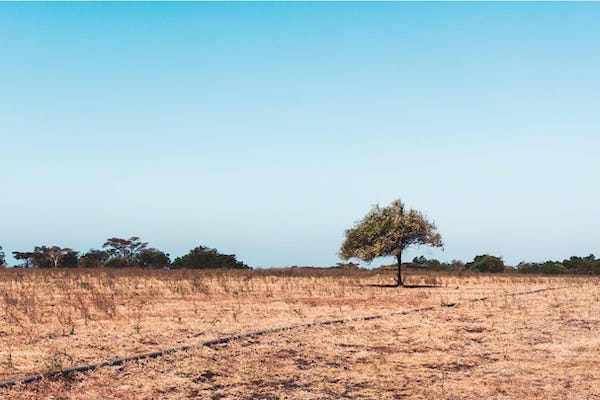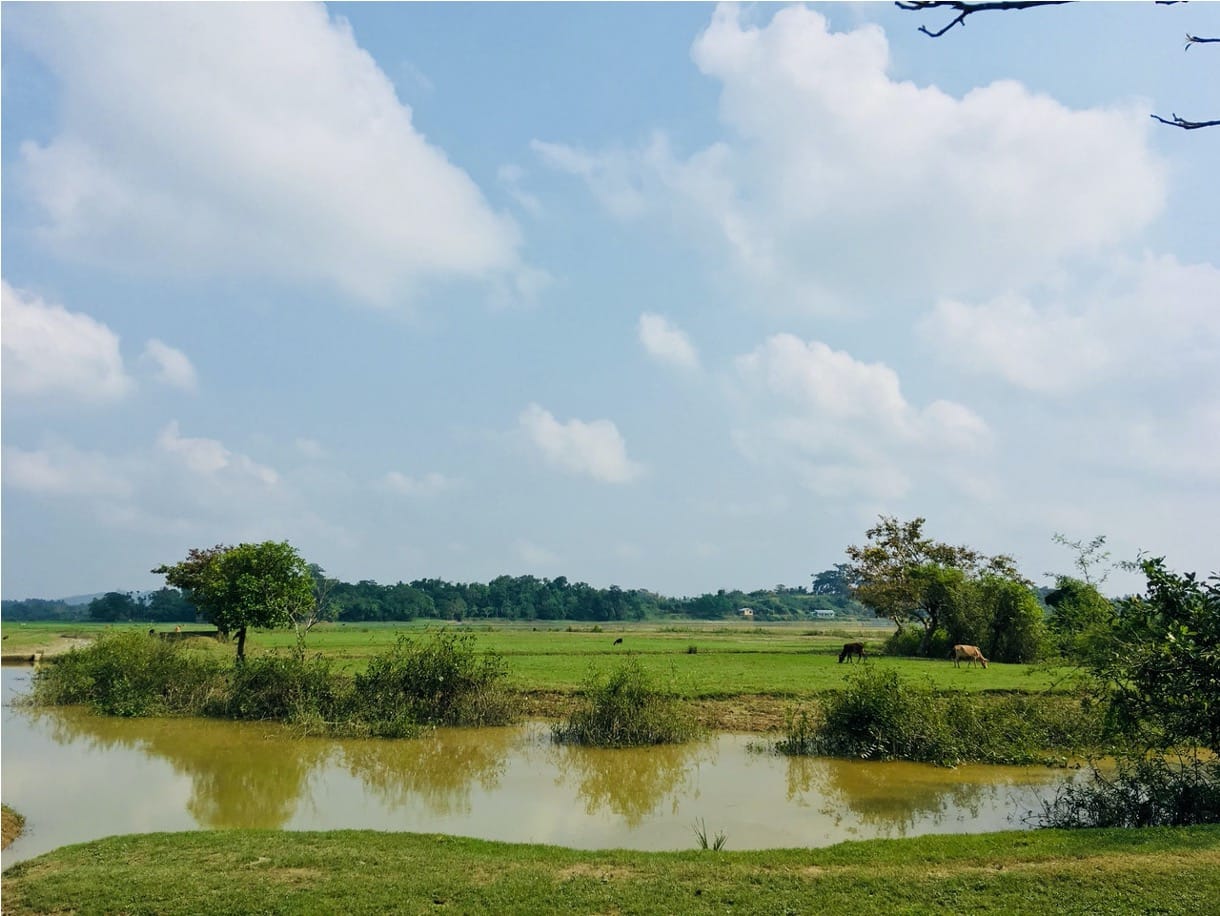I know you are a busy farmer and you don’t like anyone wasting your time. So I’ll do you a favour and not talk about melting glaciers and rising oceans. I believe you are already aware of all that. If not, it’s true.
Instead, I’ll help you look at how climate change can affect your farm and how you might need to adapt.
Let’s get started.

Heatwaves, drought and floods
Over the last decade, the frequency of heatwaves, drought and floods have all increased, dramatically.
The USA experienced an average of two heatwaves per year during the 1960s. Now they experience more than six per year. In Australia, the annual number of record hot days has more than doubled since the 1950s.
This trend of heat waves becoming more frequent, hotter and longer is true across most parts of the world.
The other side of this story is that extreme rainfall and extreme lack of rain is also becoming more common. Across the world, wet places are becoming wetter. And dry places are becoming drier.
Also, the number of rainy days are getting lower. This means when it rains it rains a lot and doesn't rain at all for an extended period. In other words, drought and floods are going to become part of our new reality.
Climate change causes extreme weather.
If there is one thing you take away from this article, it is that climate change causes extreme weather patterns. And you need to get ready for this.
You need to find ways to buffer frequent heatwaves, droughts and floods. Here are a few things that are within your control, to reduce the impact of these extreme weather events.
I know what you are thinking. You already have a lot on your plate; you already manage feeding and grazing routines. You also manage pasture fields, sheds, equipment, production, and employees.
But if you hang on with me, you will quickly realize how adapting your farm can also help you improve animal health, farm productivity and your profits.
Designing your farm to prevent heat stress
Your biggest long term bet is to grow trees on 8% to 15% of your farm. If you haven’t already seen my piece on why you need trees, please do so. In that, I show you how trees can help you reduce heat stress effects, improve animal health and increase productivity.
Trees alone can reduce perceived temperatures by a few degrees. This can mean the difference between feeling comfortable and suffering from heat stress. Rows of trees, designed as shelterbelts do an excellent job of reducing heat stress effects.
In addition to this, you can also use ceiling fans and water sprinklers to cool down your shed and yard. Putting these things in place is worth the effort and investment. It pays for itself over a single drought.
Designing your farm to prevent drought
Harvesting water from rain is your best buffer against drought. There are three ways to do this.
First, let's start with the cheapest and most large scale way, storing water in the soil. Yes, you read that right. Soil can hold water up to 40 times its dry weight.
This means that your farm is a huge sponge that can absorb and hold water for a very long time. But, most soils today, have very little organic carbon content. So you need a lot of trees to improve this.
As leaves wither, fall and decay in the soil, carbon content will increase. This, in turn, will help water percolate faster into your soil. It will also improve your soil's water holding capacity.
Second, you can store water above the soil, in ponds. Like any landscape, you will have low as well as high areas on your farm. After a significant rainfall event, have you noticed how some parts of your farm hold water for a long time?
These are your low areas that collect runoff water from nearby areas. They will typically have heavy clay content. You can make use of these areas to create natural ponds. Your biggest expense here will be excavation costs.

And finally, you can store rainwater falling on your building and shed roofs, directly into emergency water tanks. This would be the most expensive option per litre of water stored. But, it will also be your cleanest source of water you can harvest.
Using water-wise systems for irrigation and farm activities are equally important. Drip lines, sprinklers and water timers will all help you conserve a lot of water, and thereby extend your water lifeline.
In addition to this, managing your pasture, feeding more concentrate and using freshly pruned tree leaves as a supplement are a few strategies to ensure that your animals don’t suffer from drought.
Designing your farm to avoid excessive waterlogging
Surprisingly, proper water harvesting can save you from excessive waterlogging as well because you will be diverting excess water from your farm to smaller storage areas such as ponds and tanks. So you would have a smaller area underwater. As discussed, trees will also help percolate water quickly.
In case severe waterlogging persists for many weeks, you could also consider digging a few trenches in strategic locations across your farm. This will help you drain the water as well as divert it to your ponds.
Planting water-loving and flood-tolerant trees in low lying areas are important. You could also consider planting trees on mounds if needed.
Designing your farm to be more resilient
I hope that this information gives you enough tools, ideas and inspiration to adapt to climate change.
Often, we tend to ignore what is important and instead focus on what is urgent. Important things are usually long term investments that only pay off in the long run while urgent matters scream for our attention now and are quickly addressable.
Designing your farm to adapt to climate change is an essential long-term investment. And like all things important, this too will test your conviction. I hope you make the right choice.
The systems you put in place will help you reduce costs, improve animal health and increase your profits in the long run. It is indeed worth it.
This brings us to an end, I trust that this was useful to you and if so, please do share it with a farmer you know. Thank you.
If you have any questions about adapting to climate change or about improving your farm profits, let me know in the comments below. I will personally answer them.
Happy farming!
- The Dedicated Team of Pasture.io, 2020-04-27